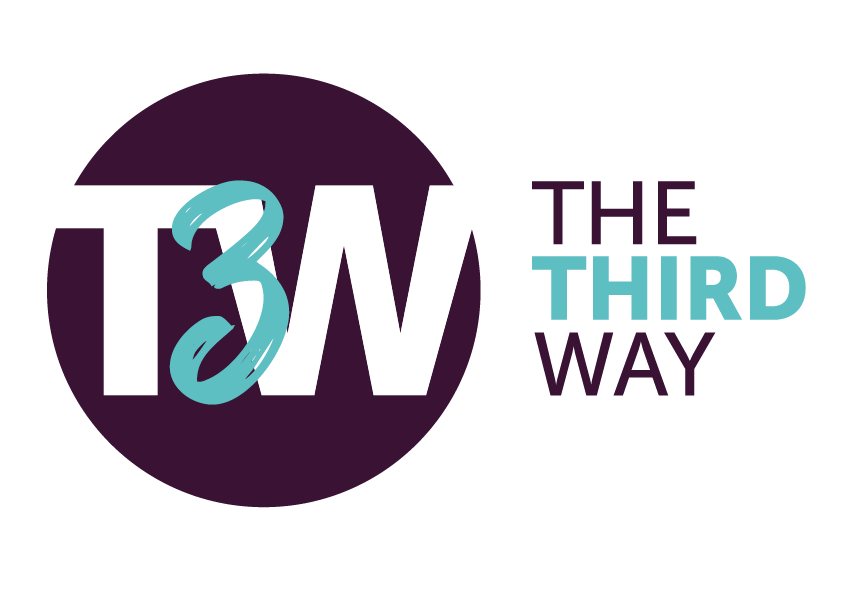Type of leadership
Leadership, nature or nurture. Part 4
What kind of leaders are there?
- Authoritarian leadership
- Laissez Faire
- Democratic
- Paricipative
- Shared leadership
- Agile leadership
- Authentic
- Situational
- Spiritual
- Serving
- Charismatic
- Populist
- Transformational
- Personal
- Connecting
- Sustainable
- …
A leadership style is a way in which a leader ( a professional , an entrepreneur, a manager ) fills in a task.
The scope of this part of this course is to answer the next question: how does the leader think he or she can influence the other as positively as possible in order to achieve the objectives of the organization . There are different classifications in the literature of leadership or management styles.
Conduct research to gain insight into the different approaches.
The above list is not exhaustive. It gives a picture of various points of view and you can also place them in a certain timeframe.
Is a (preferred) style effective in every situation? No there is not. Always assess what is needed in a certain situation, matching the task maturity and attitude of the team/team members and the personality of the manager. But in the context of working in self-managing teams, Lean and Agile working, we pay extra attention to Agile Leadership, see form more the slides/topic; How to align your team., Balance and expectations.
Learn more about Situational management/leadership : (english)
Six skills a leader must have:
- Have a vision that inspires and challenges your team
- Translate that vision into strategy and concrete steps
- Develop and reward a team of top performers who get to work with it
- Focus on measurable results
- Stay innovative and continuous learning
- Be your own leader: you know yourself, improve yourself, make sure you stay in balance
Source: Leaders manual Harvard Business Review
A lot of research has been done into what an effective leader should meet, which qualities and which attitude lead to success. In addition to skills, personal characteristics are mentioned such as:
- Self-aware: self-insight (in competences and shortcomings)
- Responsible
- Visionair
- Risk appetite
- Connecting
- Handle a fixed price, be transparent
- Impactful

What do you think of these statements?
- Modern leaders have an eye for the social impact of their organization.
- Leaders can no longer limit themselves to steering for profitability
Which CEO’s have the greatest chance of long-term success?
| CEOs with top 3 priorities: | CEOs with top 3 priorities: |
| 1. Profit (organizational goals) 2. Customers 3. Employees | 1. Employees 2. Customers 3. Organization goals |
Find the answer in the following video:
